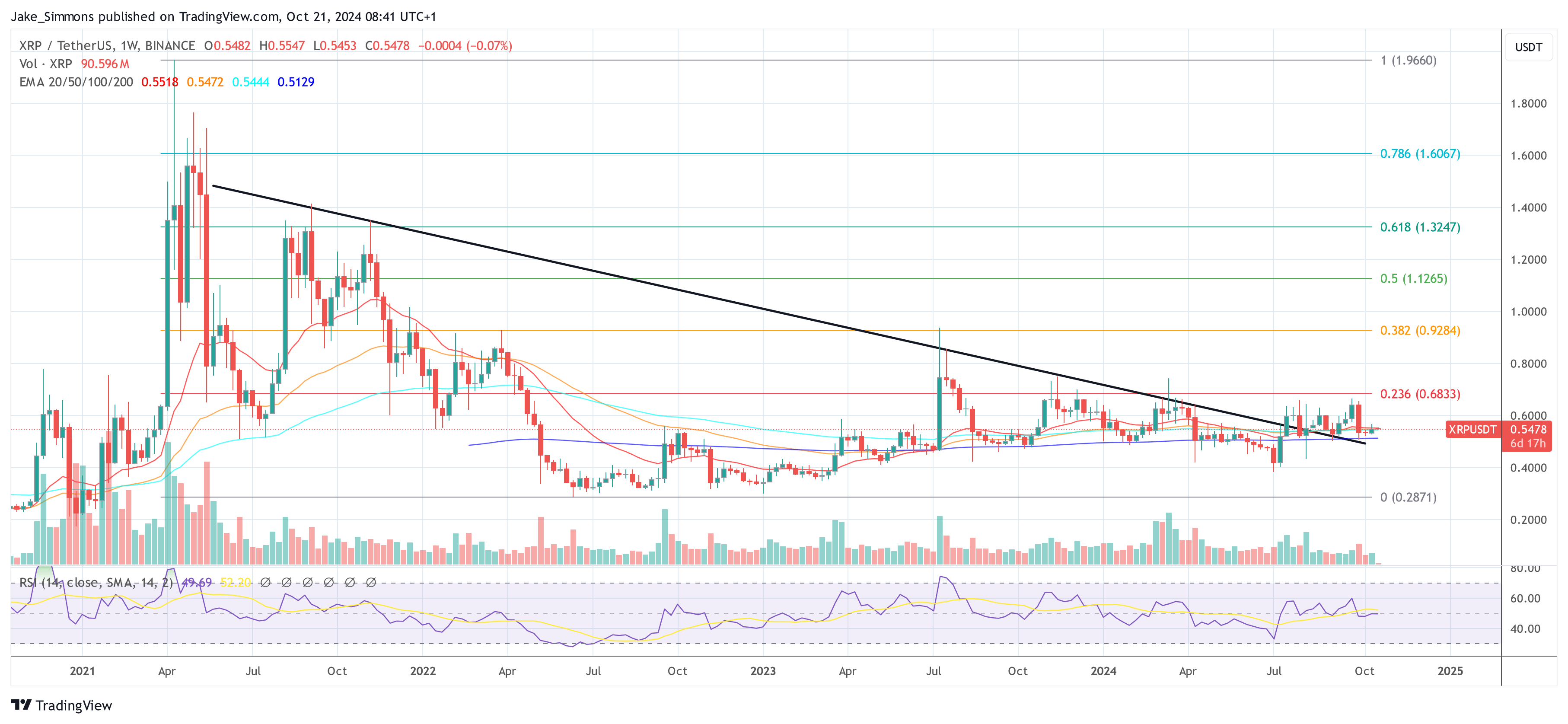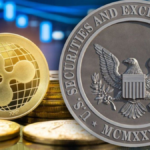Ripple Labs is nearing a crucial juncture with a prospective initial public offering (IPO), a topic that has been under discussion for quite some time. An IPO could mark a transformative moment reminiscent of Amazon.com Inc.’s IPO in 1997. Jake Claver, a Qualified Family Office Professional (QFOP), expresses this view in a thread on X, suggesting that Ripple’s strategic actions might replicate the path that allowed Amazon to evolve into a global technology giant.
Claver notes that Ripple has solidified its role in the blockchain space through its effective cross-border payment solutions, currently serving over 300 financial institutions globally. The company’s use of XRP facilitates transactions that are significantly quicker and more economical compared to those conducted via the Society for Worldwide Interbank Financial Telecommunication (SWIFT) network. Claver underscores, “This positions Ripple as a faster, more transparent SWIFT 2.0.”
Despite these successes, Ripple has faced considerable hurdles, particularly its ongoing legal dispute with the US Securities and Exchange Commission (SEC). However, recent court decisions have favored Ripple, potentially paving the way for broader opportunities, including a public offering. Claver asserts, “The recent court rulings in Ripple’s favor could open doors to larger opportunities, like going public.”
Why Ripple Is Similar to Amazon In 1997
Making a comparison to Amazon’s development, Claver remarked, “Just as Amazon was a simple online bookstore before its IPO, Ripple is known for its blockchain solutions. However, there’s so much more potential.” He continued, “When Amazon went public, it raised $54 million, which allowed it to explore new markets.” Ripple too has the chance to unlock substantial growth via a public listing.
Related Reading
Ripple’s strategic acquisitions, like that of Metaco—now rebranded as Ripple Custody—highlight its ambitions to expand its market footprint. Claver states, “By acquiring Metaco, now Ripple Custody, they are demonstrating an eagerness to extend their reach. This could just be the beginning.”
The potential outcomes of Ripple pursuing an Initial Public Offering (IPO) or a direct listing are diverse. Claver explains that an IPO would provide Ripple with new capital, enabling rapid scaling and entry into emerging markets such as tokenized securities, real-world assets (RWAs), and decentralized finance (DeFi). He notes, “An IPO would provide Ripple with fresh capital, allowing them to expand quickly and explore new markets like tokenized securities, RWAs, or DeFi.”
Furthermore, the capital influx from an IPO could support additional acquisitions, enhancing the company’s offerings and reinforcing its portfolio. Claver draws a comparison to Amazon’s acquisition strategy, stating, “Ripple could utilize IPO proceeds to acquire other firms and enhance its offerings. Just like Amazon’s purchases of Whole Foods and Twitch, Ripple could venture into new markets and strengthen its portfolio.”
Increased financial resources would also allow Ripple to expedite its research and development initiatives. Claver comments, “Additional resources would enable Ripple to accelerate R&D, enhance the XRP Ledger, and investigate new applications like smart contracts, tokenized real-world assets, and central bank digital currencies (CBDCs).”
Related Reading
Claver distinguishes between the two main pathways to going public: an IPO and a direct listing. He detailed, “An IPO involves issuing new shares to attract capital, typically underwritten by investment banks, but incurs costs like underwriting fees and compliance requirements. On the other hand, a direct listing does not involve new shares; rather, existing shareholders sell their shares on the market. This approach is generally less expensive and faster than an IPO.”
Considering Ripple’s strong financial standing, with over $1.3 billion in cash reserves, Claver suggests that a direct listing could be a feasible strategy. “Ripple may choose a direct listing since it already has a robust balance sheet,” he claims. “A direct listing provides transparency and avoids lockup periods that restrict insider sales seen in a conventional IPO.”
Beyond the financial implications, Claver emphasizes that going public could serve as a legitimizing catalyst for Ripple. He relates this to Amazon’s IPO, stating, “Amazon’s IPO legitimized e-commerce. For Ripple, a public listing would validate its position in the global finance arena, signaling to banks and regulators that it’s here to stay.”
The recent favorable legal decisions in Ripple’s case against the SEC have significantly strengthened its position, making the possibility of a public listing more attainable. Claver concludes, “Ripple stands at a critical crossroads, much like Amazon did prior to its 1997 IPO. If Ripple pursues a similar course, we might witness the rise of a new technological giant. Whether through an IPO or a direct listing, this transition could unlock significant growth for Ripple and the broader blockchain sector.”
At the time of writing, XRP was trading at $0.5478.

Featured image from Shutterstock, chart from TradingView.com








